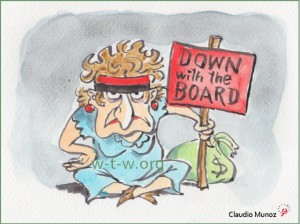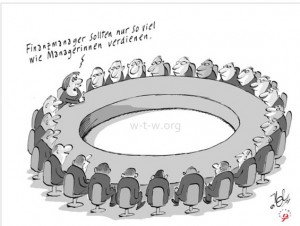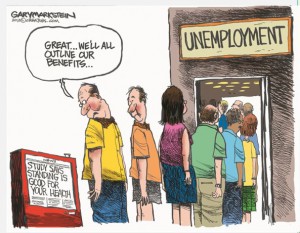Jaqui Ashby writes: Imagine a typical scene in agricultural research for development: a group of predominantly male researchers visit a group of male farmers whose views they take to inform their work.
The reality is that a large proportion of smallholder farmers – the majority in some parts of the sector – are female. What can researchers do to make sure female farmers get their fair share of attention in agricultural research? Here are our top tips for implementing a successful gender strategy:
You may need to recruit specialised researchers who will make sure gender issues are addressed in technical fields like plant breeding. For example, to make sure CGIAR have the in-house expertise to tackle gender equality in research, we are forming a community of young gender researchers with a post-doctoral programme.
You could also try designing a programme which focuses explicitly on gender-related changes in farming systems. Our aquatic agricultural systems programme includes research focused on transforming gender roles and social norms that hold back the productivity of female farmers.
To give female farmers a fairer deal, research must look beyond the practical needs of women to tackle underlying constraints. This includes unequal land rights, restricted mobility or limited schooling that prevent fair access for women farmers to extension training, credit or markets. Often institutions and policies have to change before women can benefit from our technologies.
Tackling gender inequalities in farming means you need to think differently about agriculture. Instead of concentrating on crops and livestock, think about food systems that include minor crops and vegetables grown by women, and post-harvest processing, so much of which is done by women. Or about domestic use of farm resources, especially labour, but also water and fuel for cooking.
You’ll definitely need extra resources dedicated to tackling the gender inequalities which affect many aspects of how crops and livestock are raised, consumed, and sold, and who benefits from new research. So dedicated budget for this purpose in research plans, proposals and programmes are a must.
We try to ensure our technologies create opportunities for both women and men through the collection of data and evidence. This data should be disaggregated by sex, that is, analysed separately for males and females. This often involves asking questions such as “who is benefitting from you work?” which gives us a better idea of how women farmers specifically are benefiting from our technologies.












